Picture this
From the very beginning, Technology Review has used photography to help tell the story of MIT—and of science.
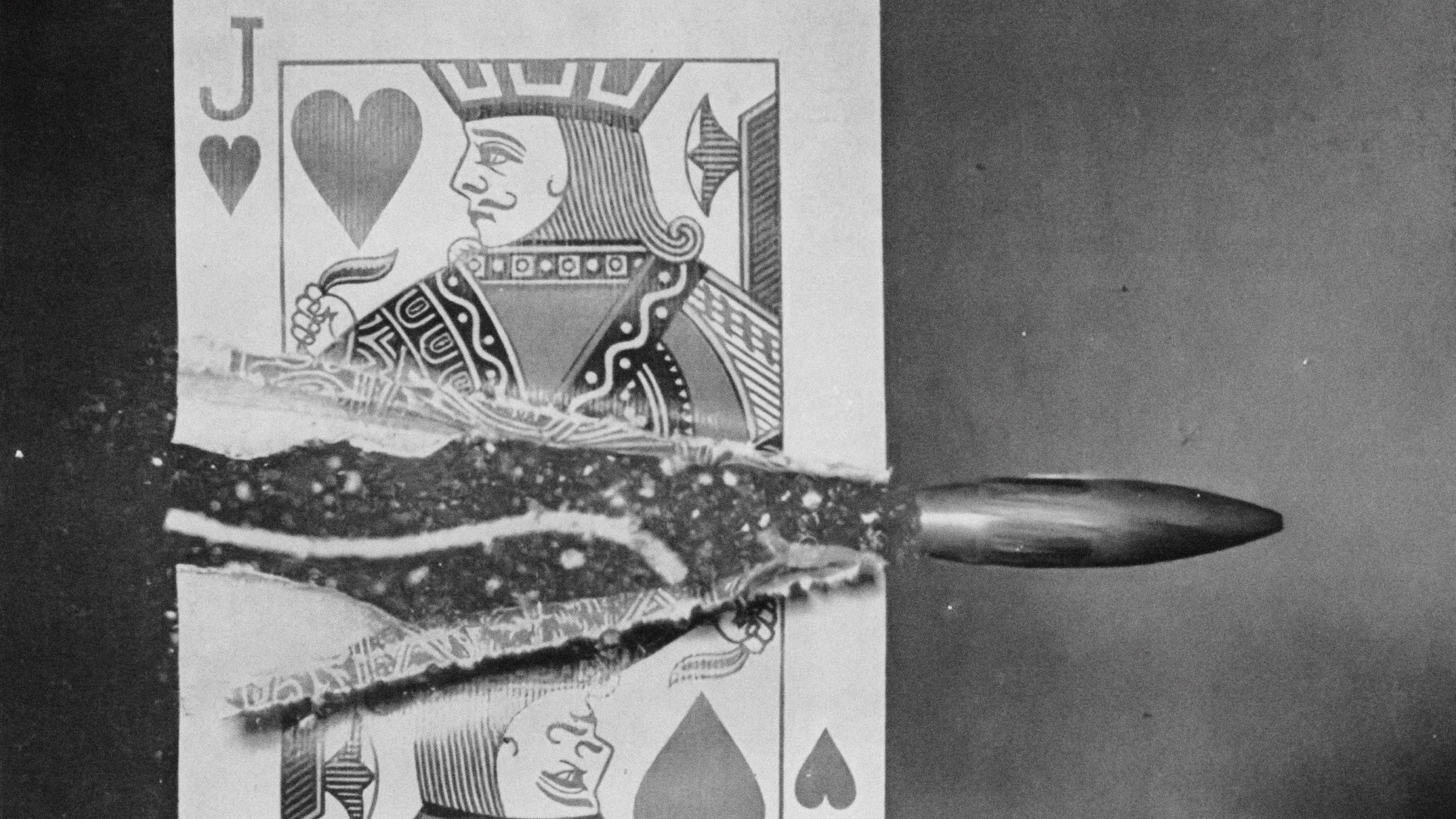
When alumni opened the first issue of The Technology Review in January 1899, they found not only a description of MIT’s new Pierce Building but crisp photographs of its interiors as well. The second issue featured photos of the varsity football team and an alumni banquet in Chicago that looped in 130 long-distance guests by phone. Photographs continued to appear regularly, offering alumni a window into the first Tech Reunions in 1904, stunning views of the Grand Canyon in 1905, and more. In 1922, the magazine also began publishing scientific articles with accompanying photos.

Although Life is often credited with pioneering cover photos when it relaunched in 1936 as a photo-driven magazine, Technology Review had been running full-page photo covers since 1931. Inside, its editors embraced photography to help chronicle the evolution of both MIT and science, showcasing the beauty and elegance of engineering and providing early glimpses of technologies like computers, nuclear power, television, radar, high-powered microscopes, and accelerators—and the planet itself.
These images appeared in the magazine between 1930 and the mid-1970s, an era bookended by innovations in photography and imaging led by Professor Harold “Doc” Edgerton, SM ’27, ScD ’31.
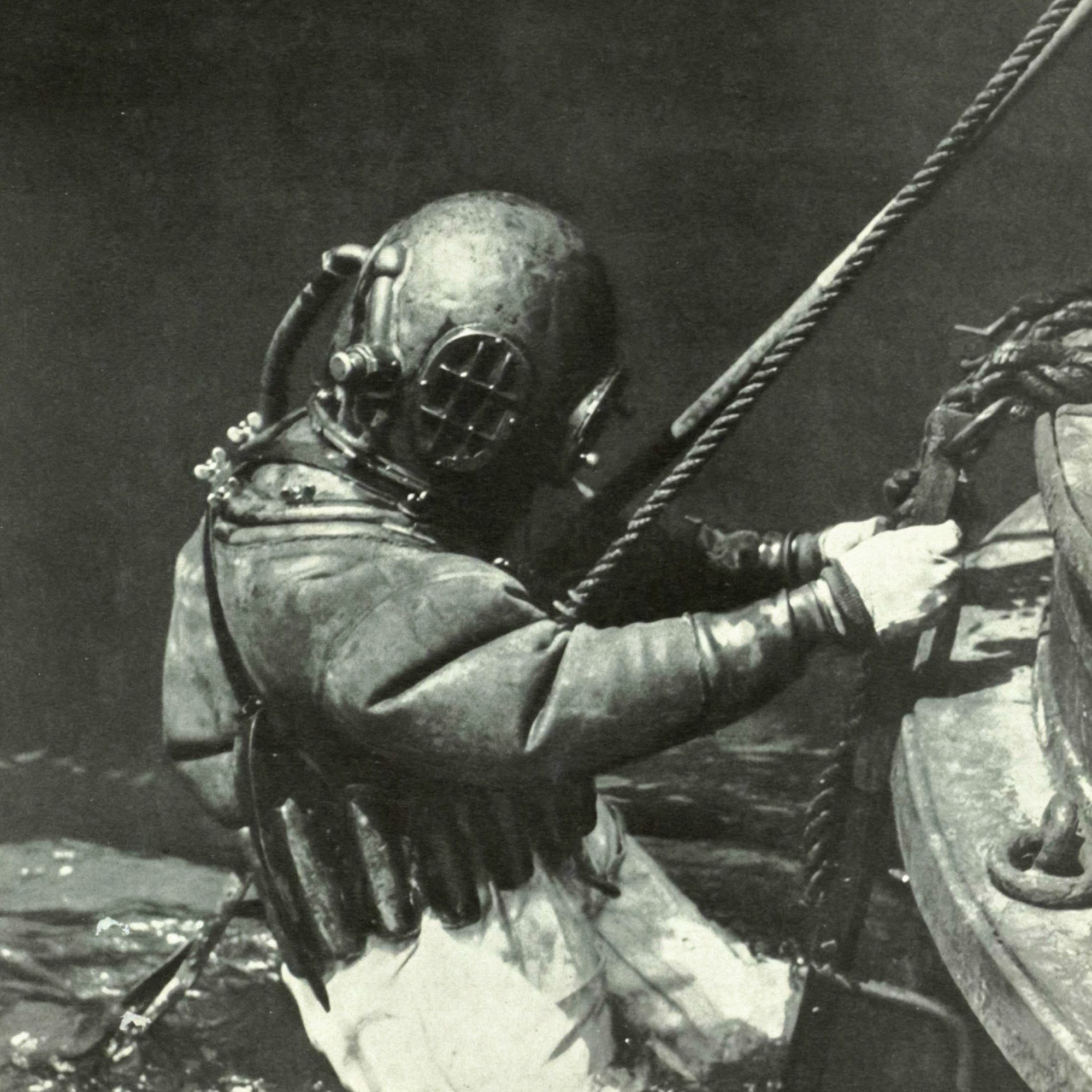

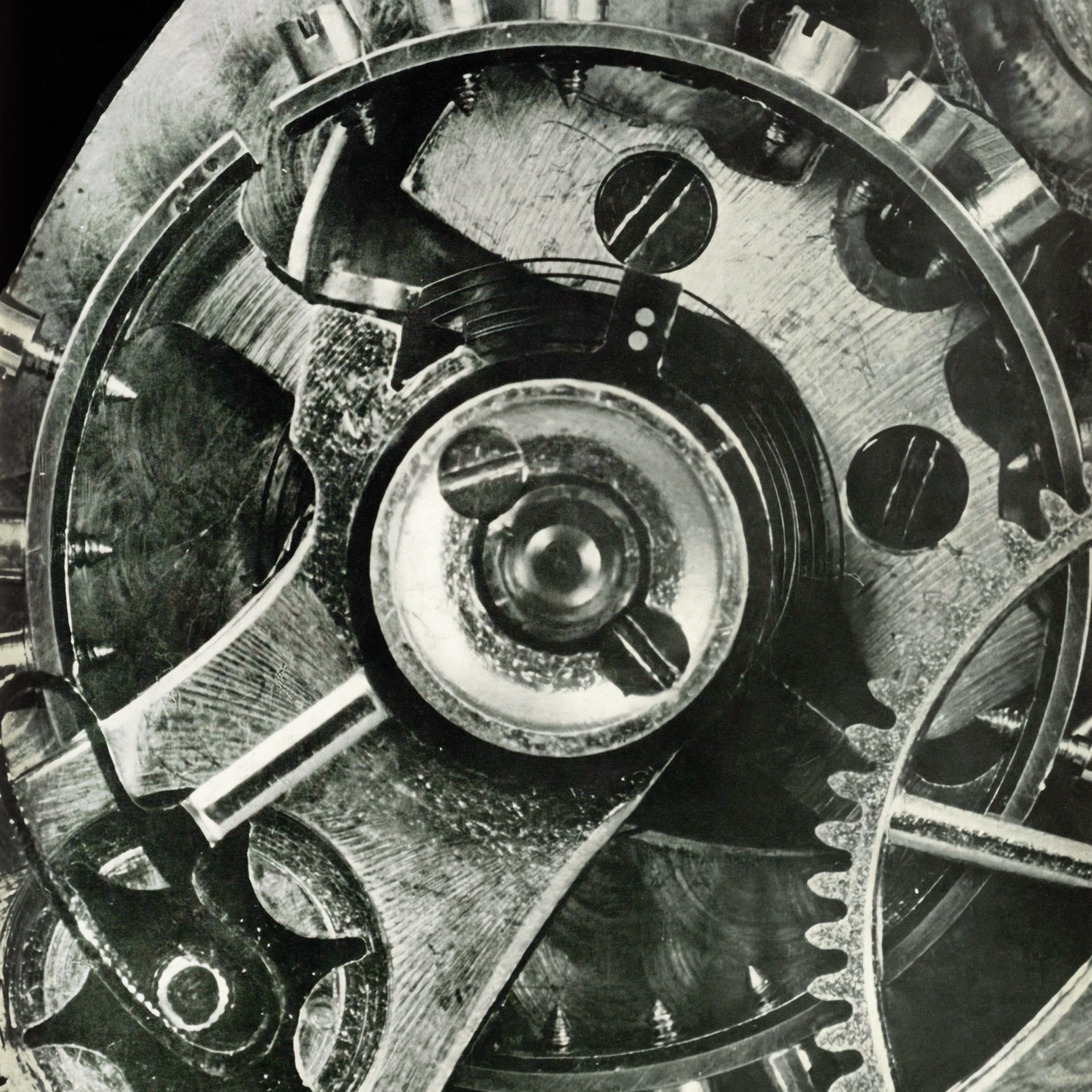
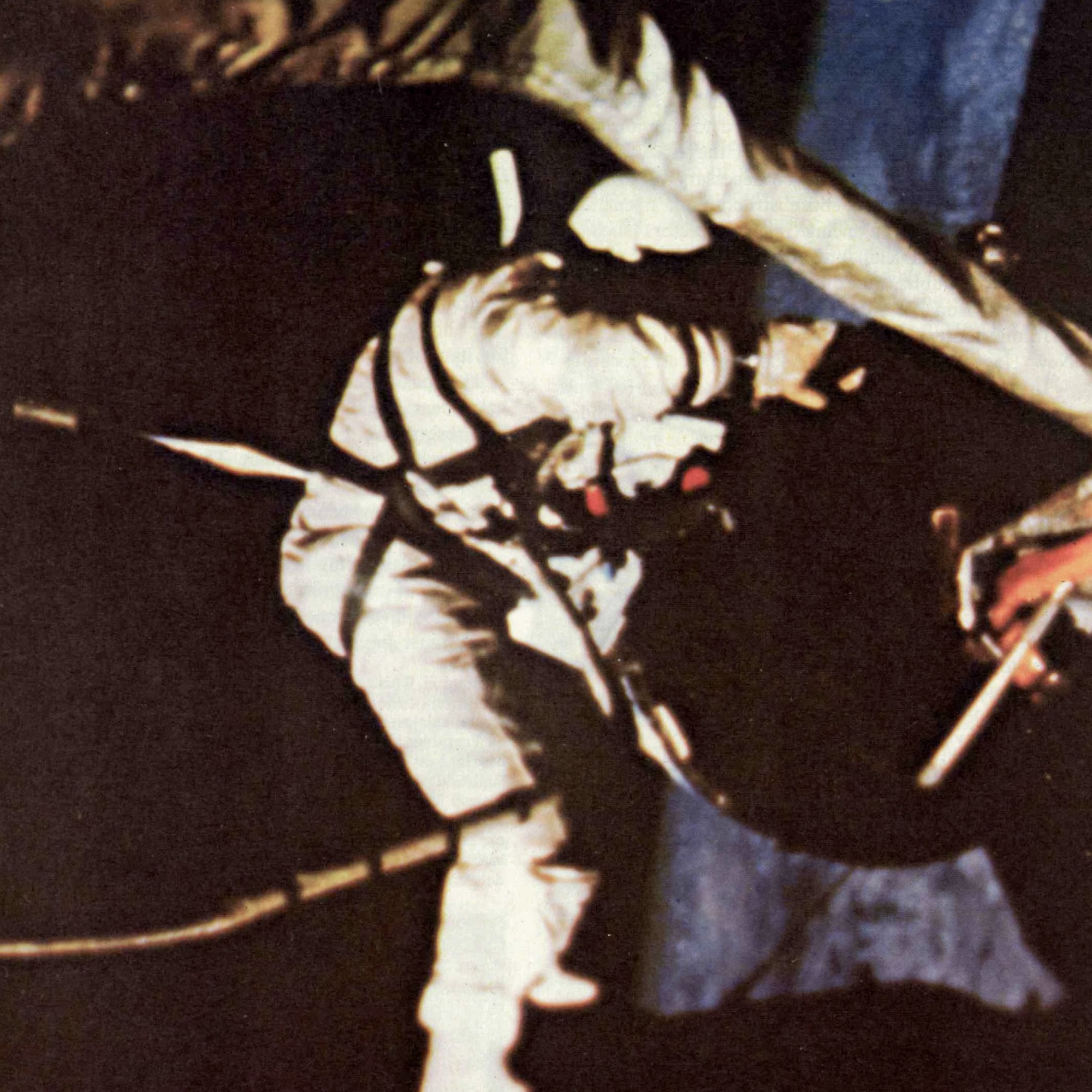
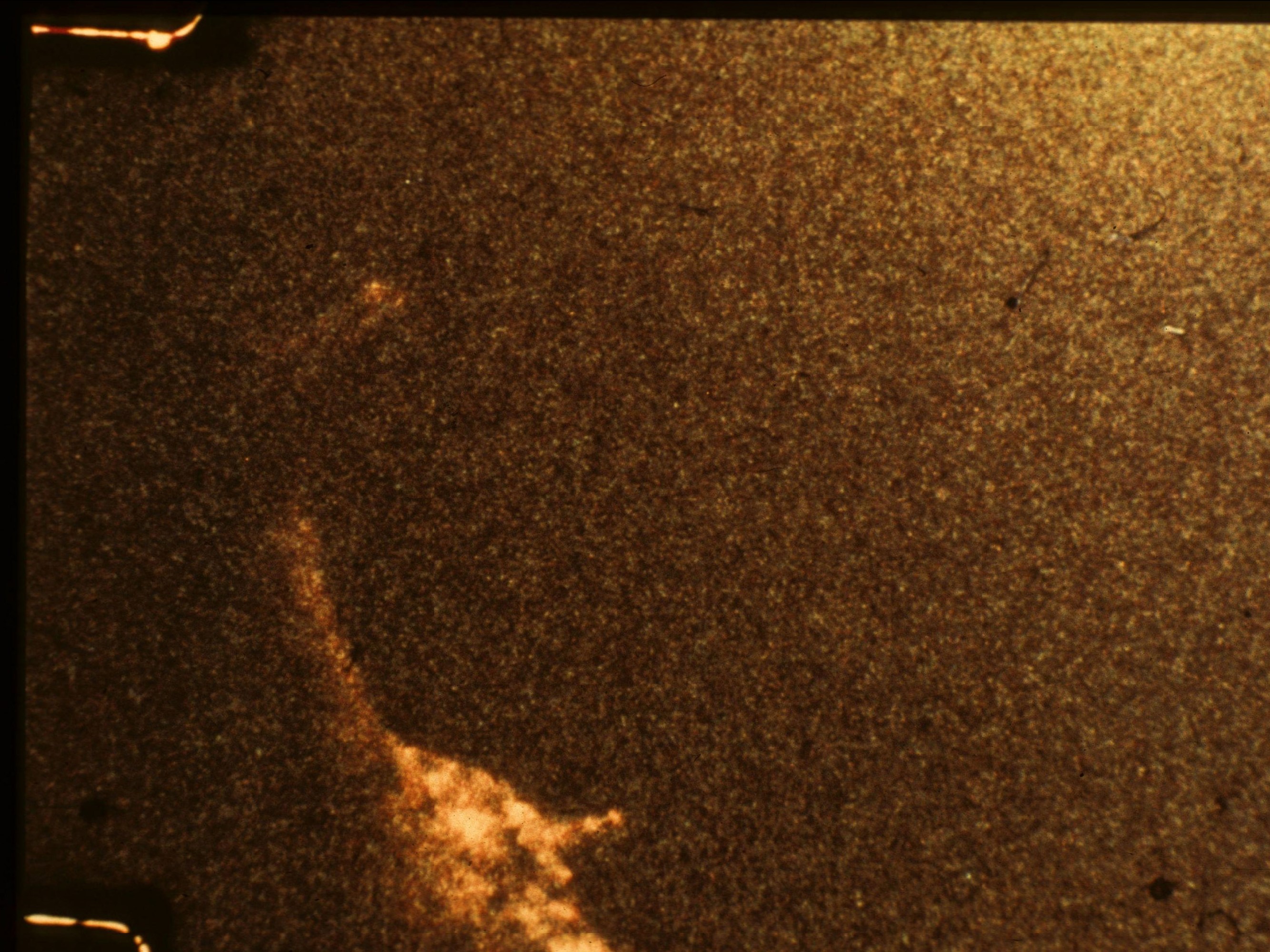

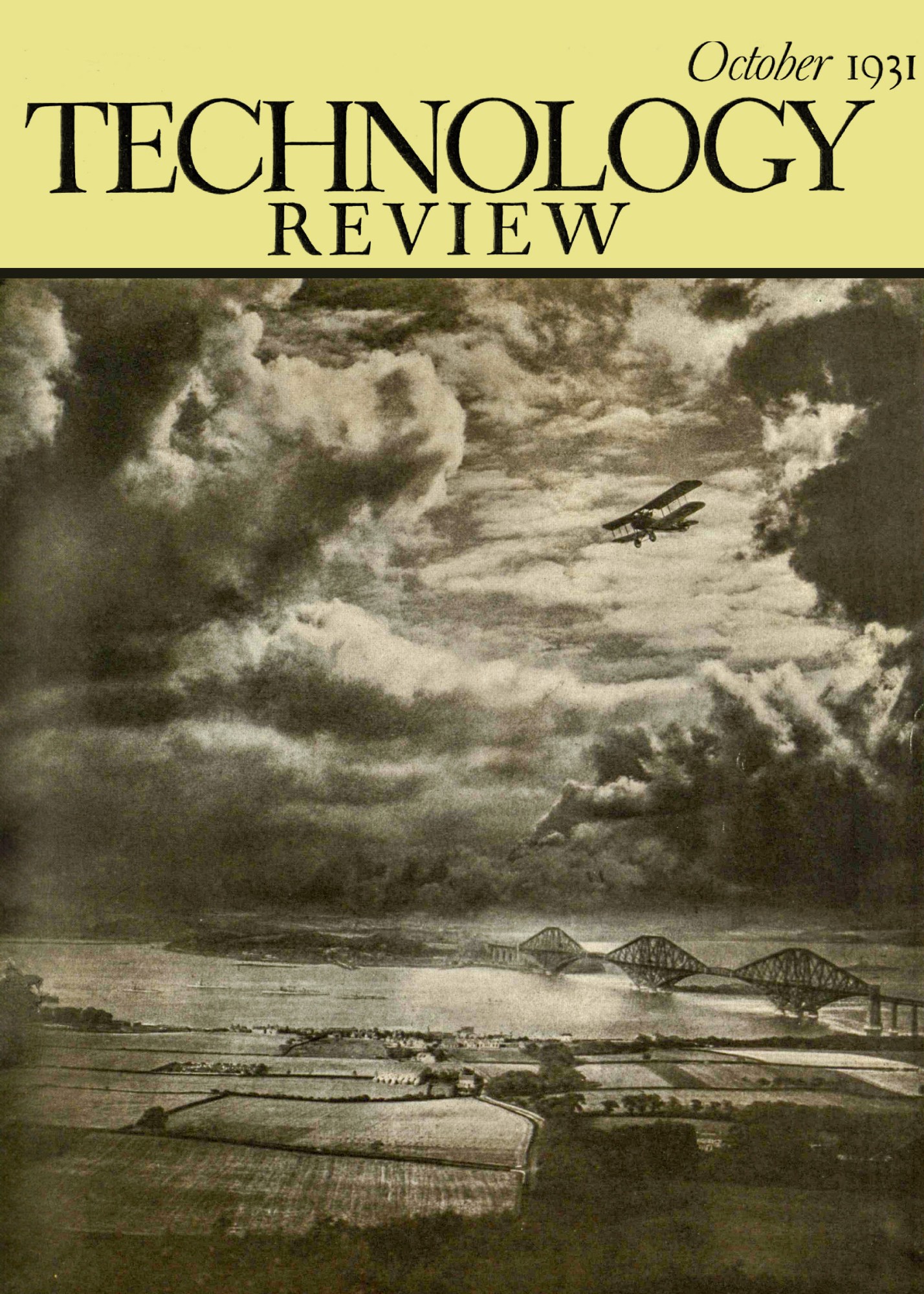
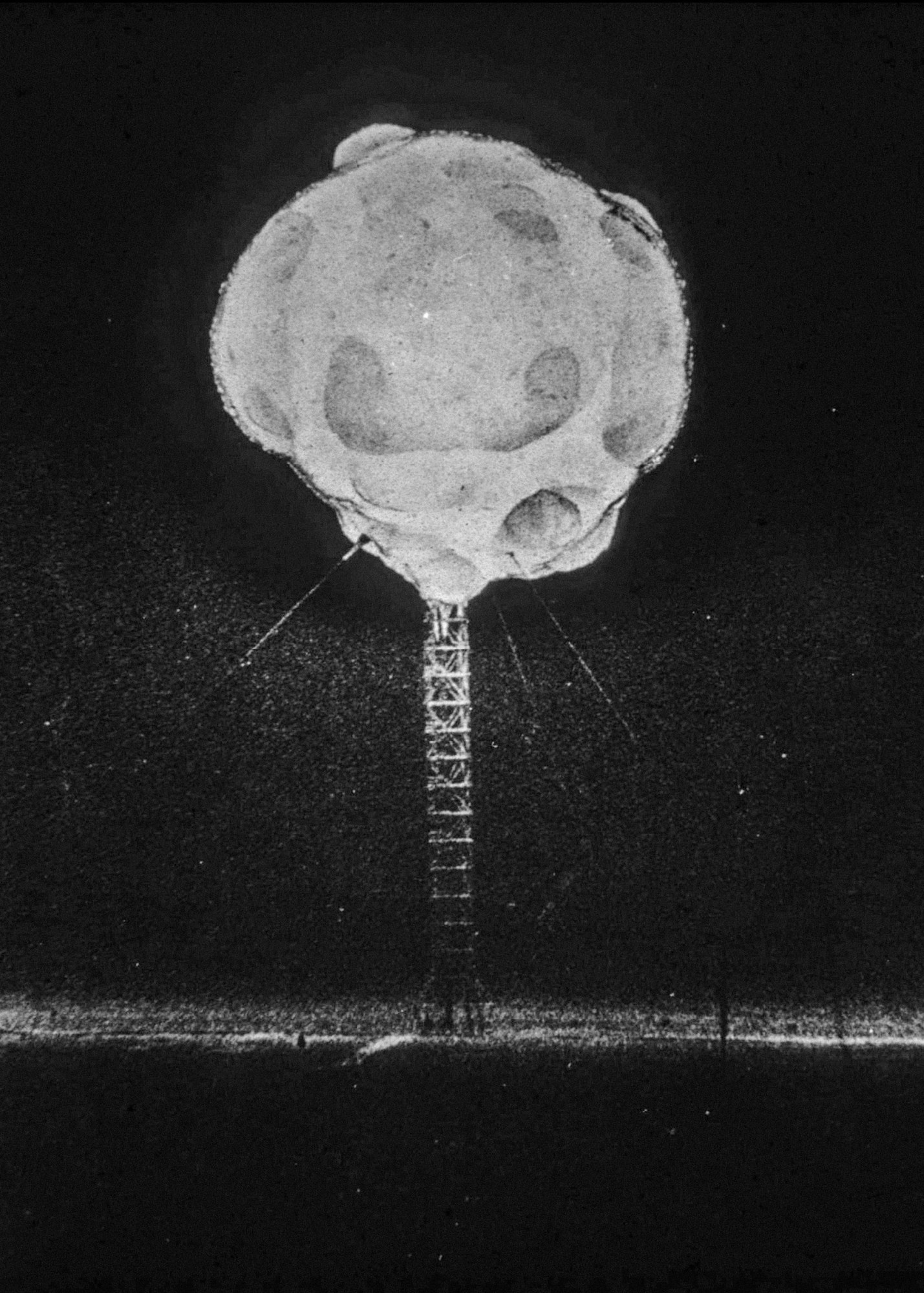
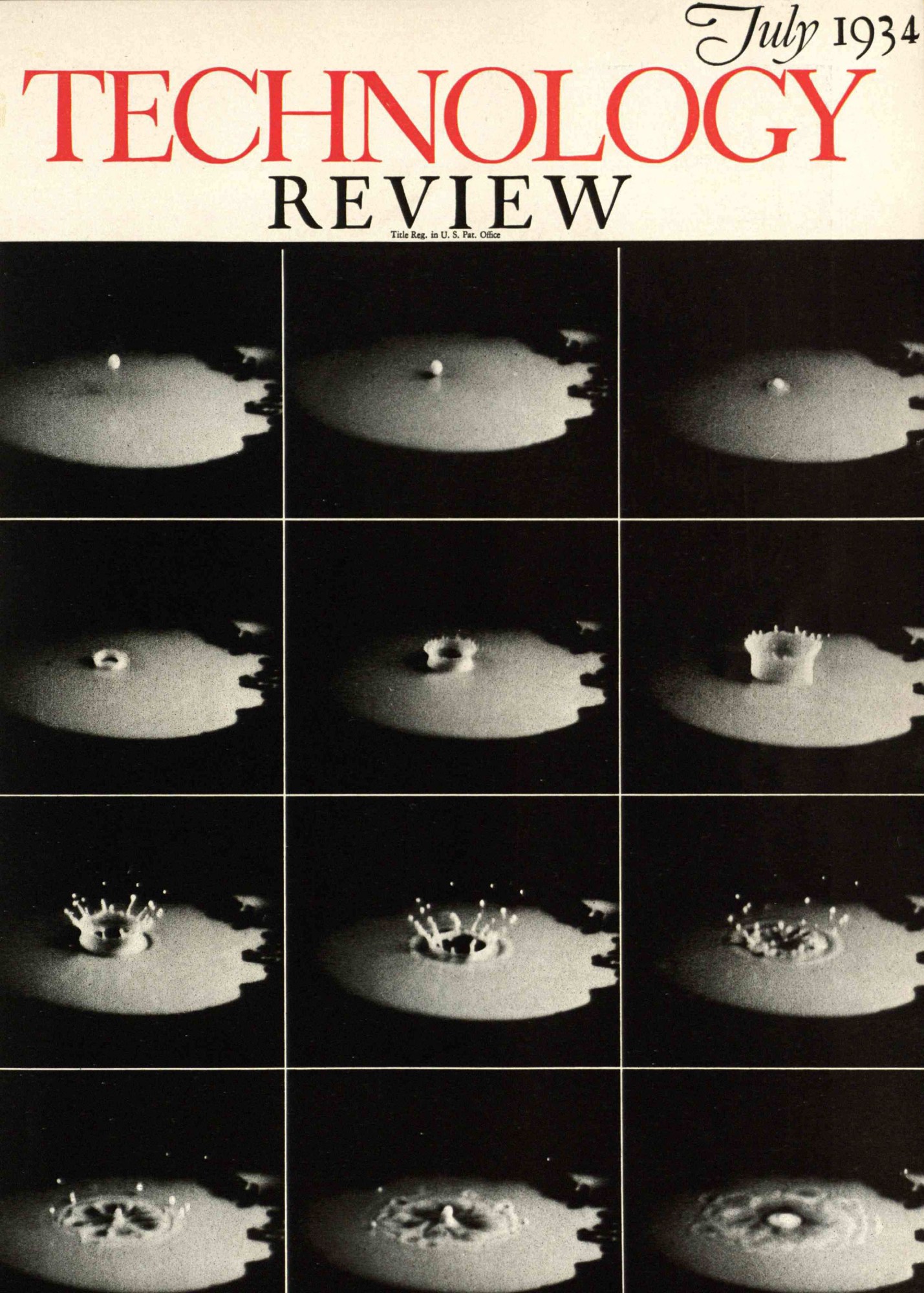
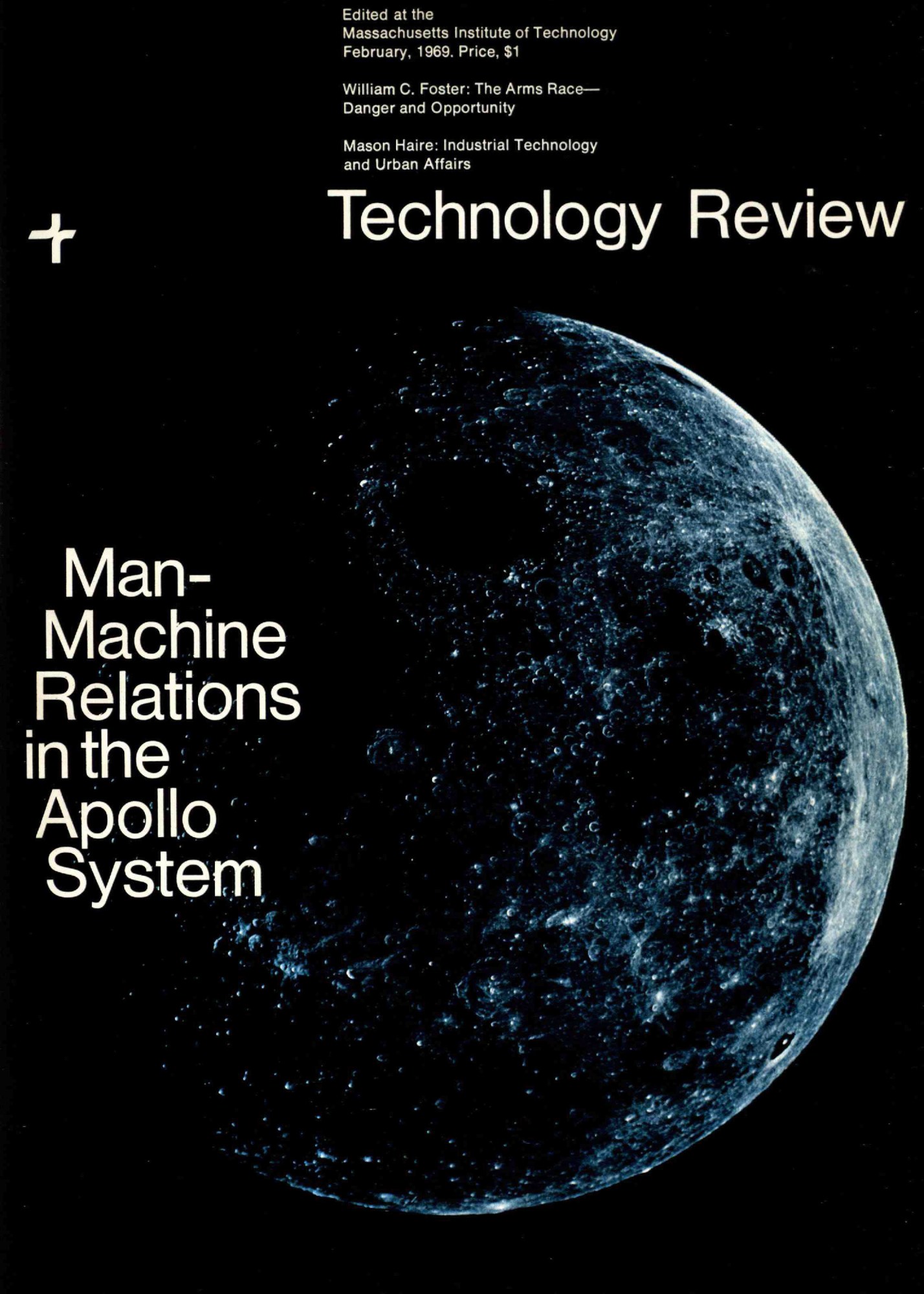
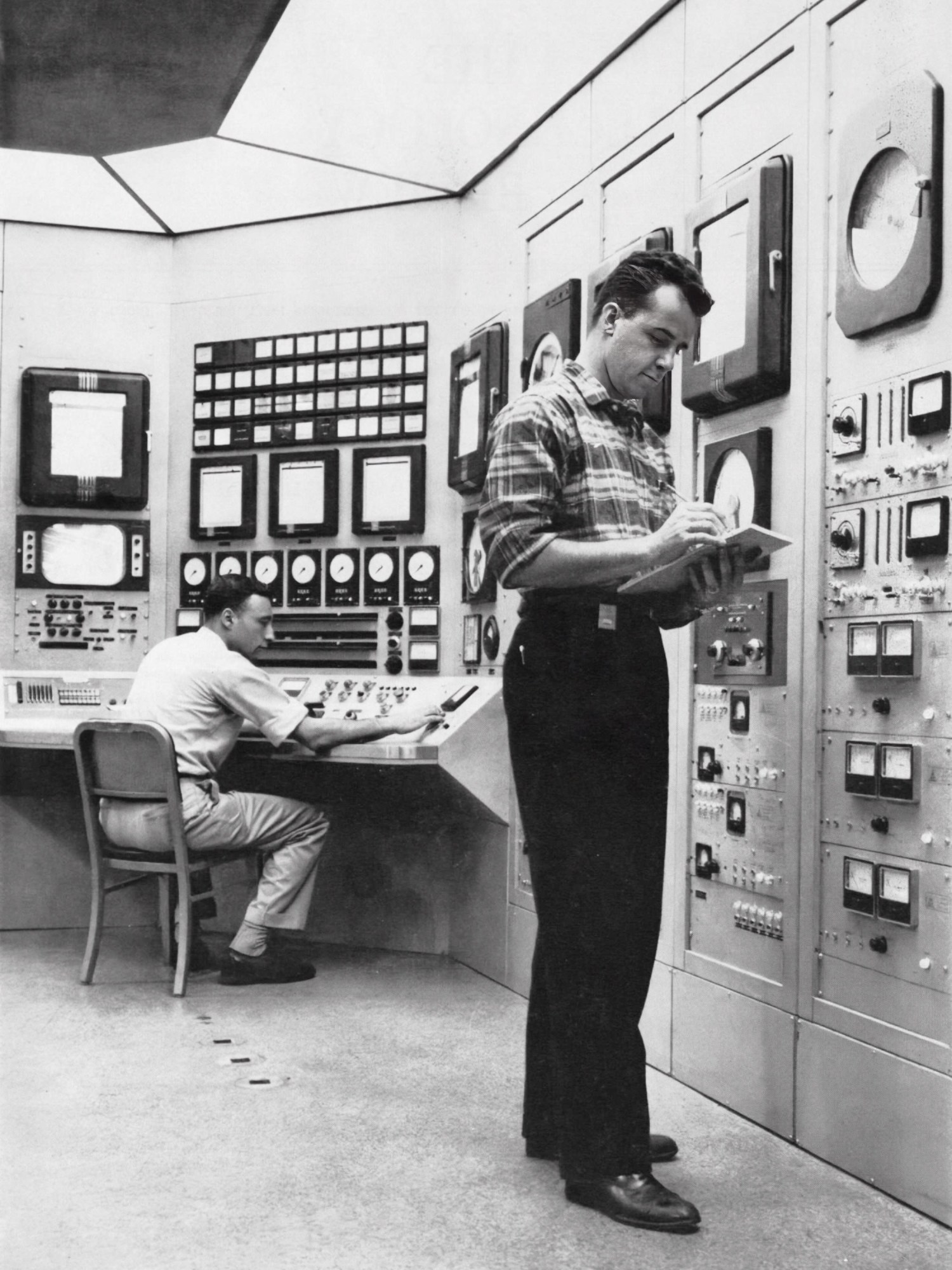
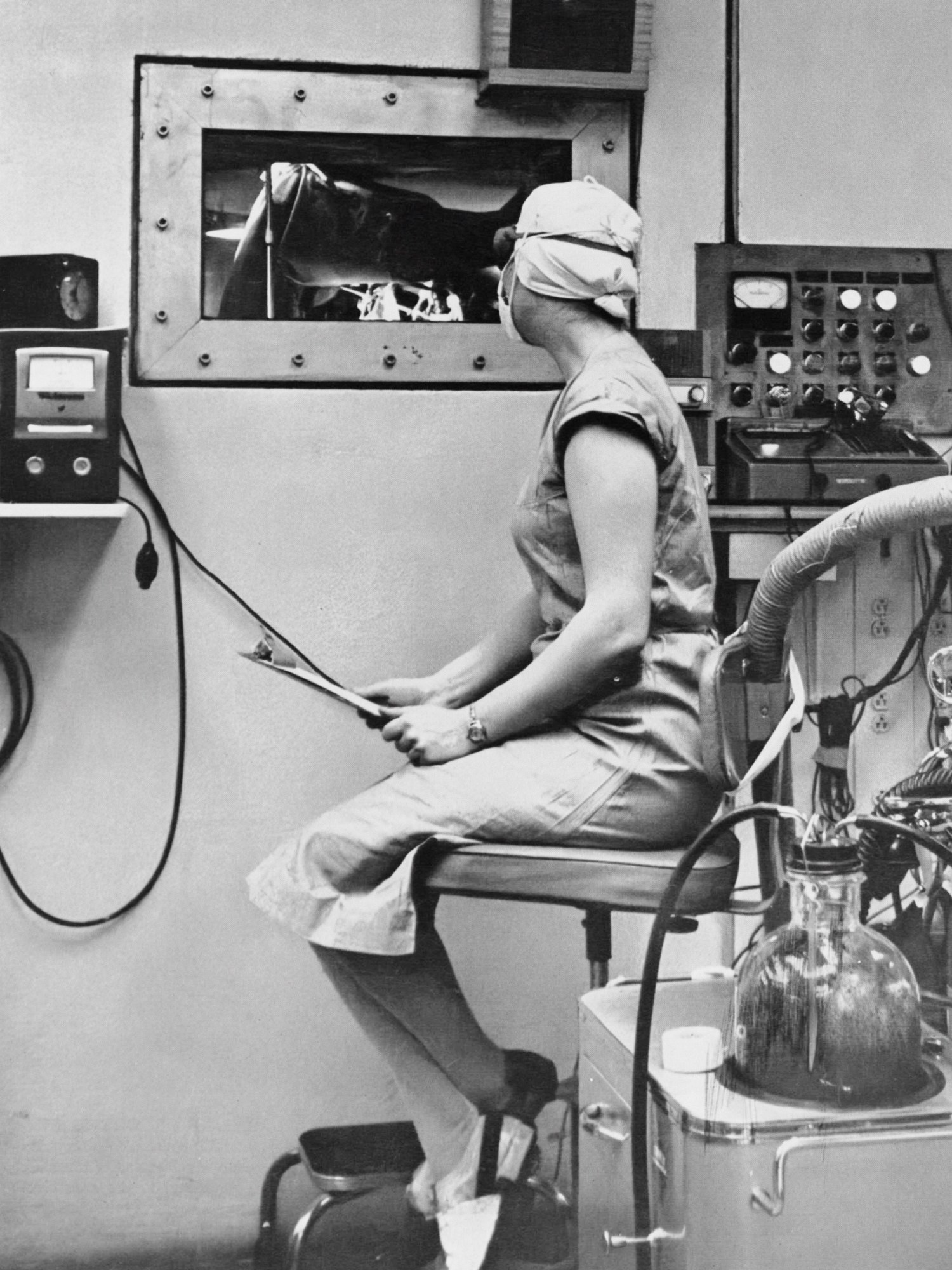
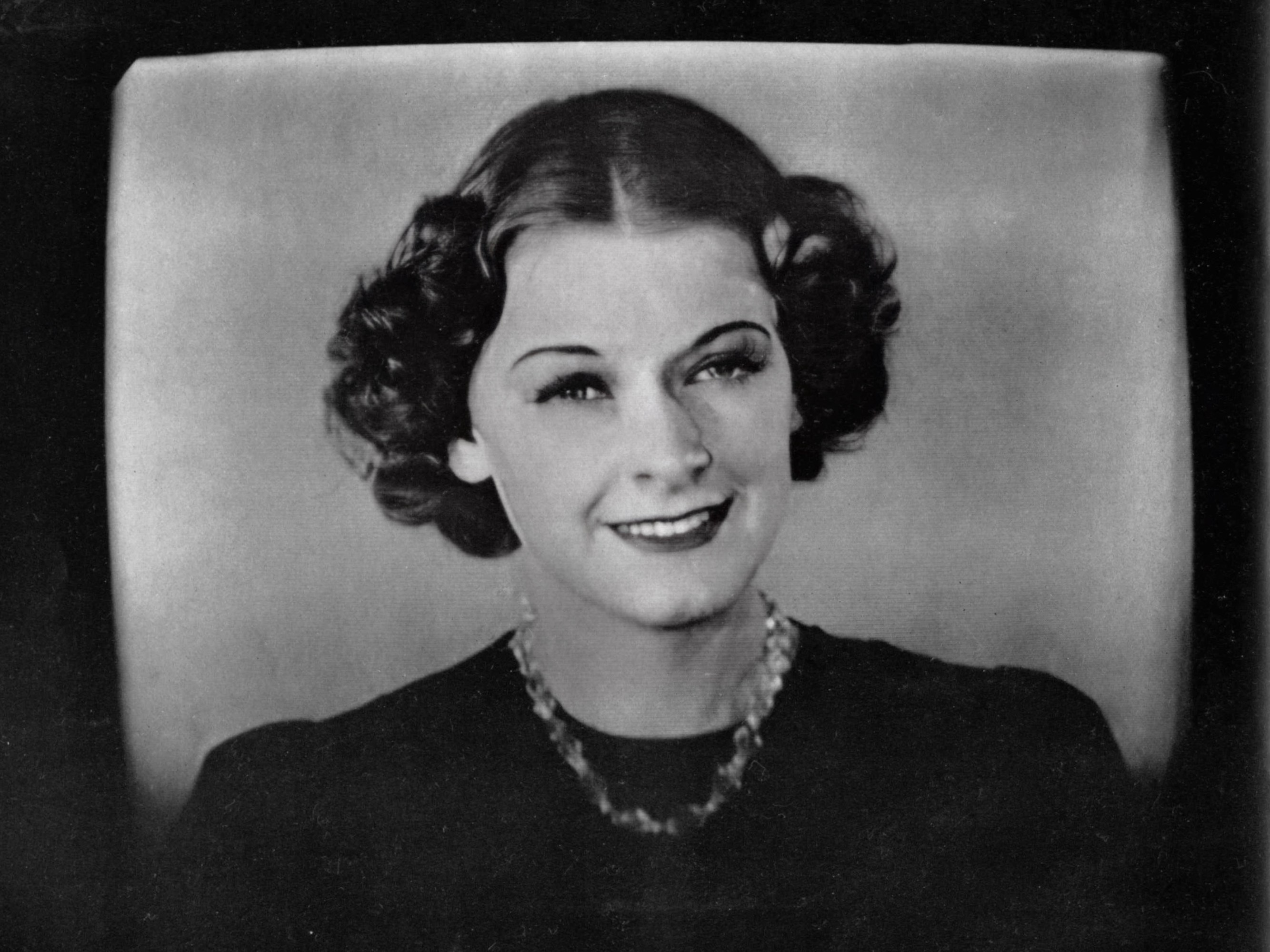
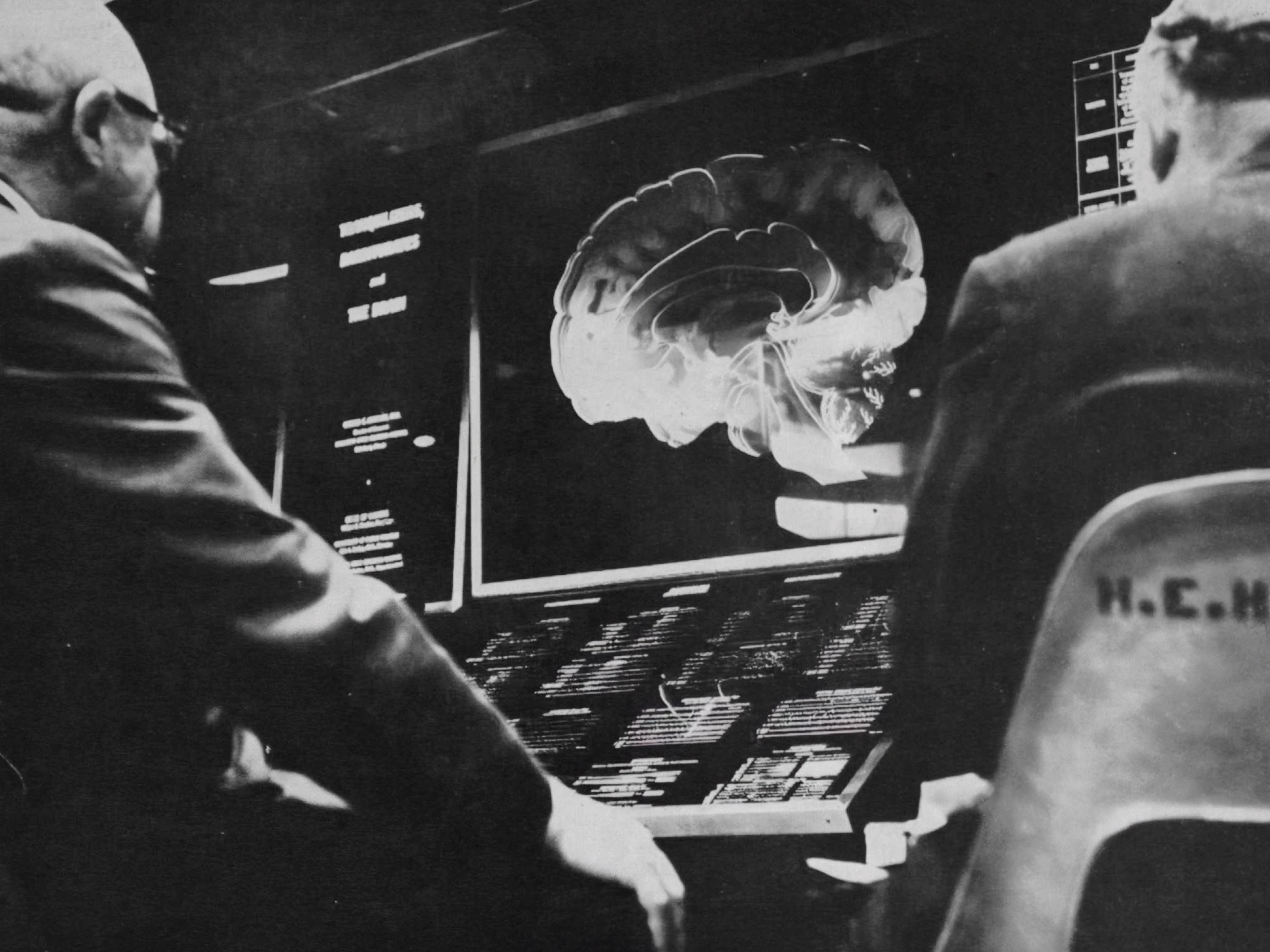
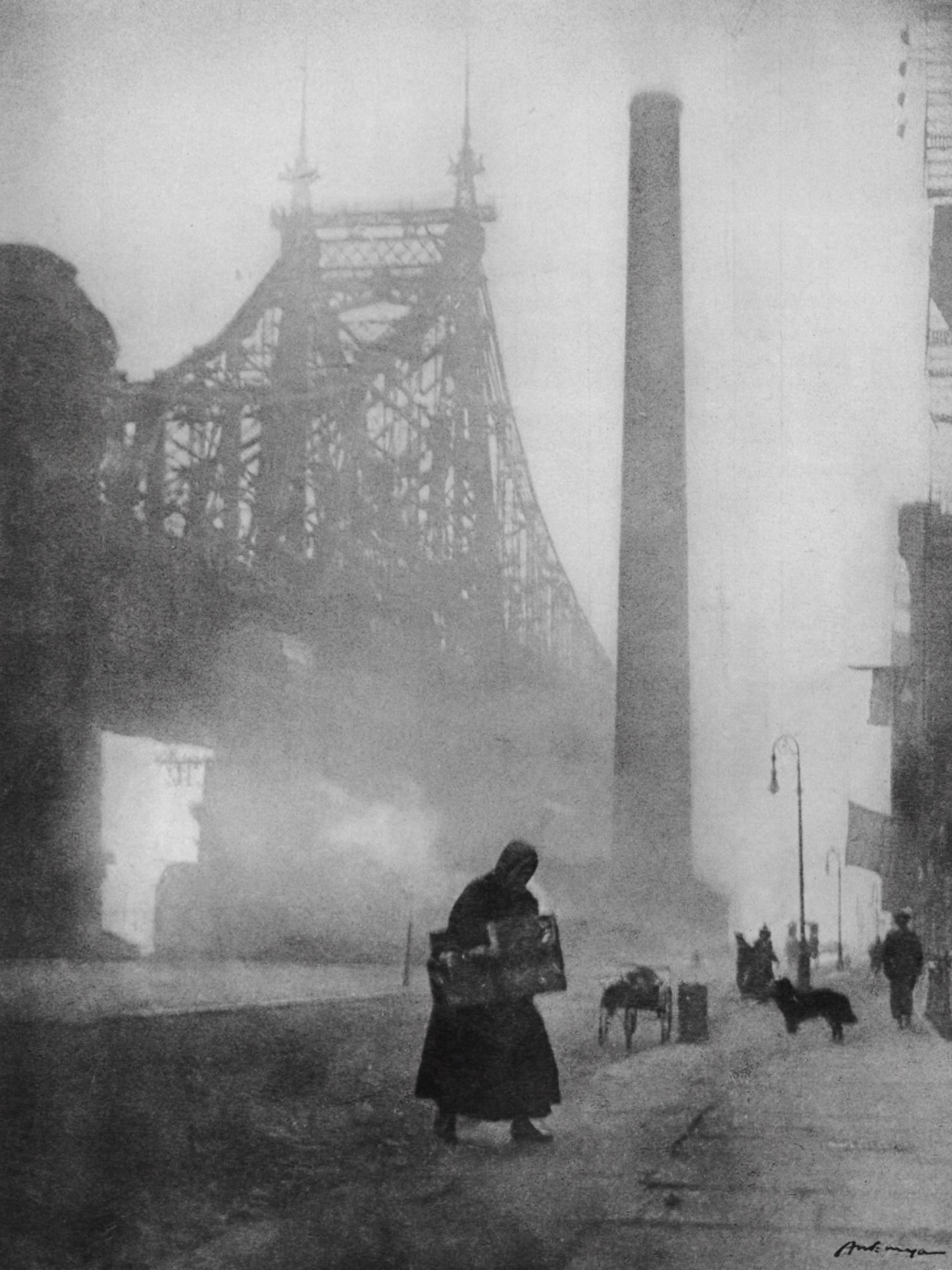
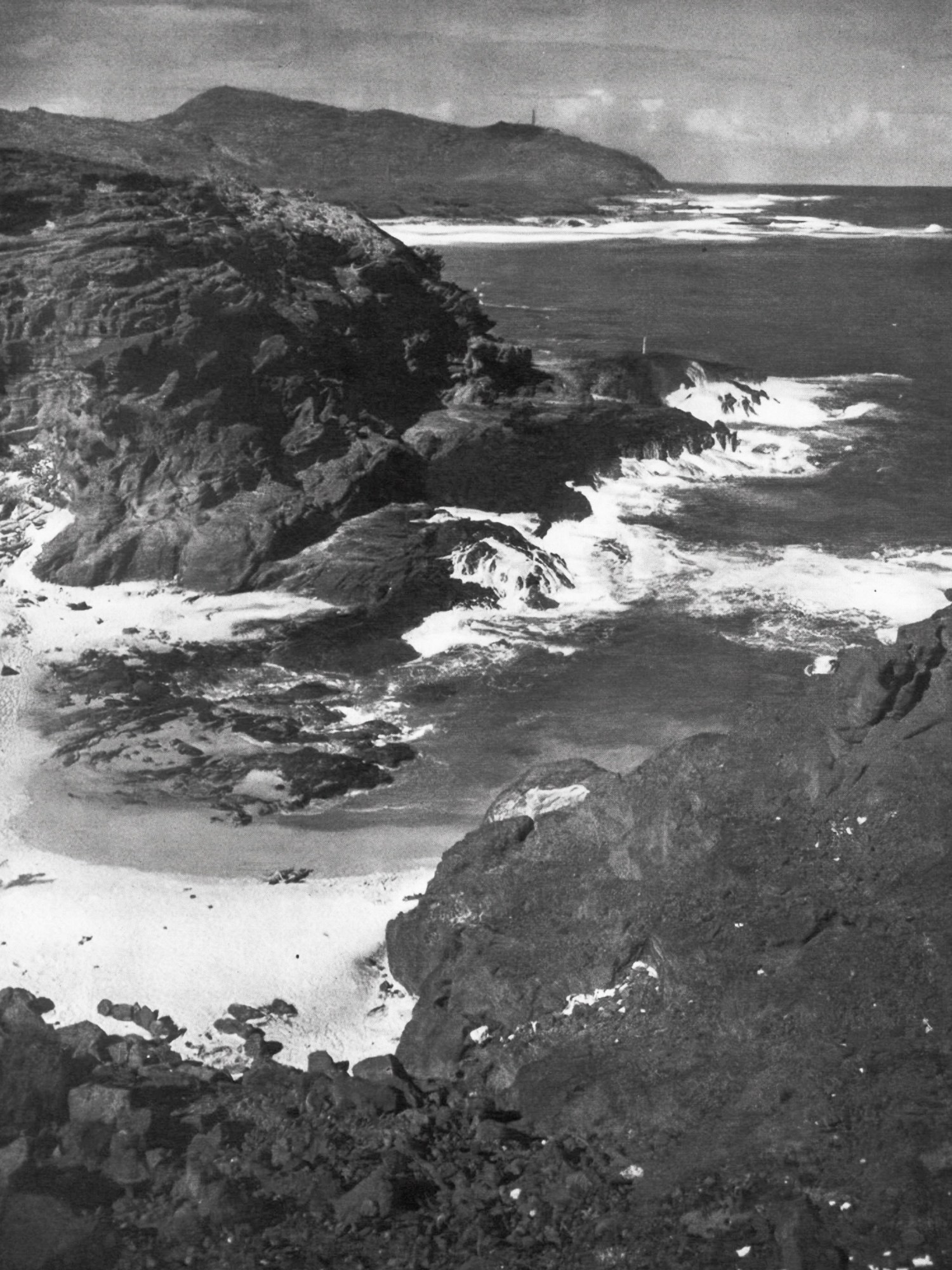
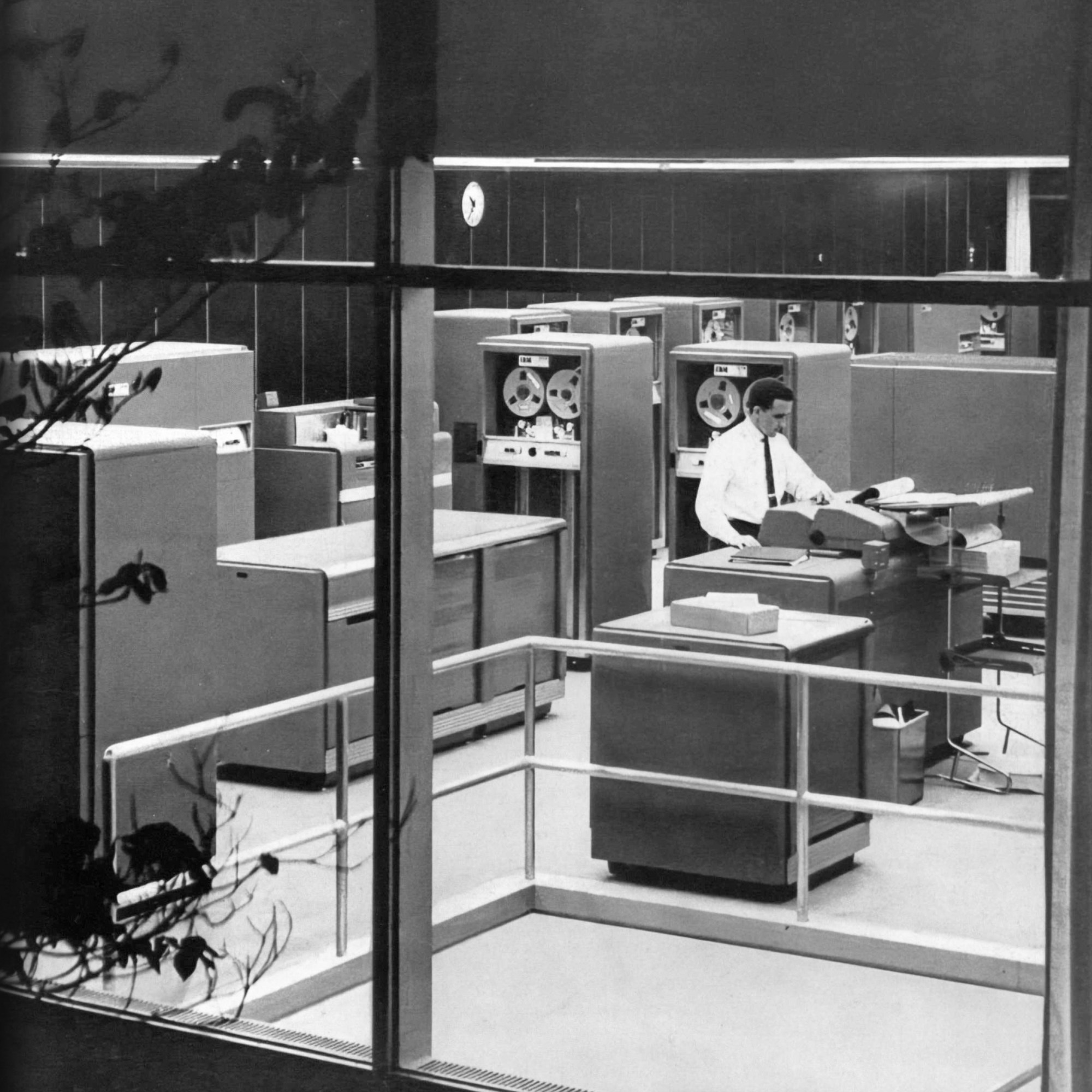

Keep Reading
Most Popular
People are using Google study software to make AI podcasts—and they’re weird and amazing
NotebookLM is a surprise hit. Here are some of the ways people are using it.
This AI-generated version of Minecraft may represent the future of real-time video generation
The game was created from clips and keyboard inputs alone, as a demo for real-time interactive video generation.
Why AI could eat quantum computing’s lunch
Rapid advances in applying artificial intelligence to simulations in physics and chemistry have some people questioning whether we will even need quantum computers at all.
AI can now create a replica of your personality
A two-hour interview is enough to accurately capture your values and preferences, according to new research from Stanford and Google DeepMind.
Stay connected
Get the latest updates from
MIT Technology Review
Discover special offers, top stories, upcoming events, and more.